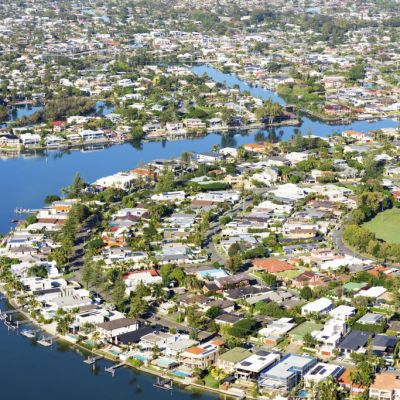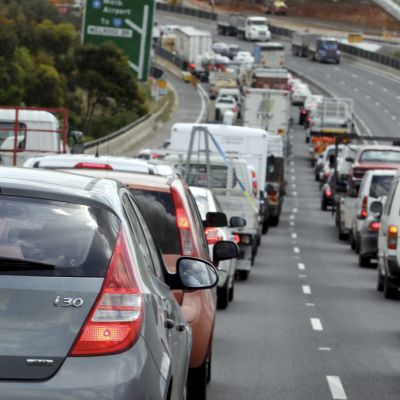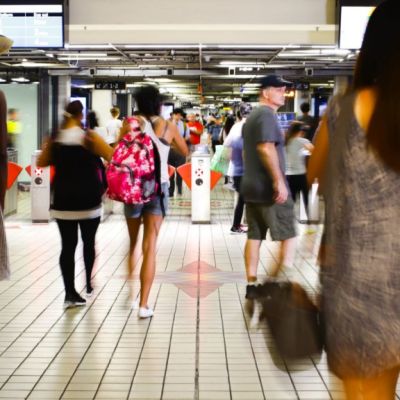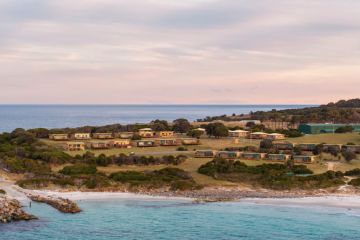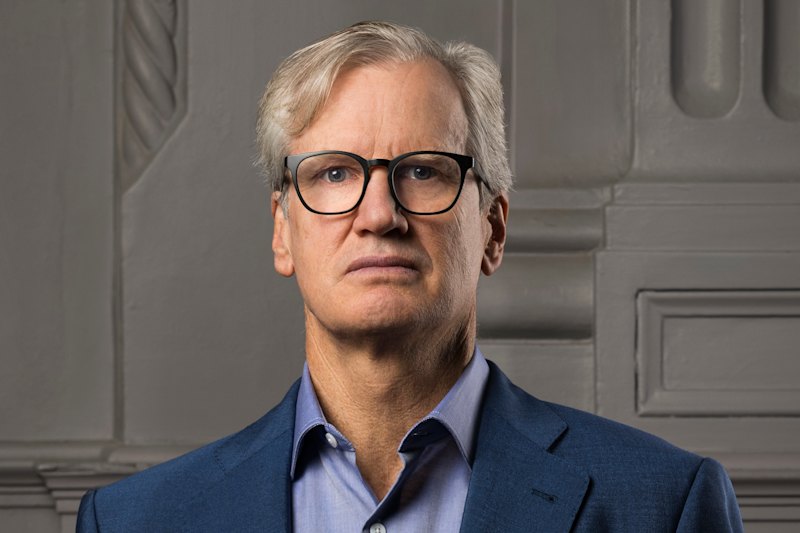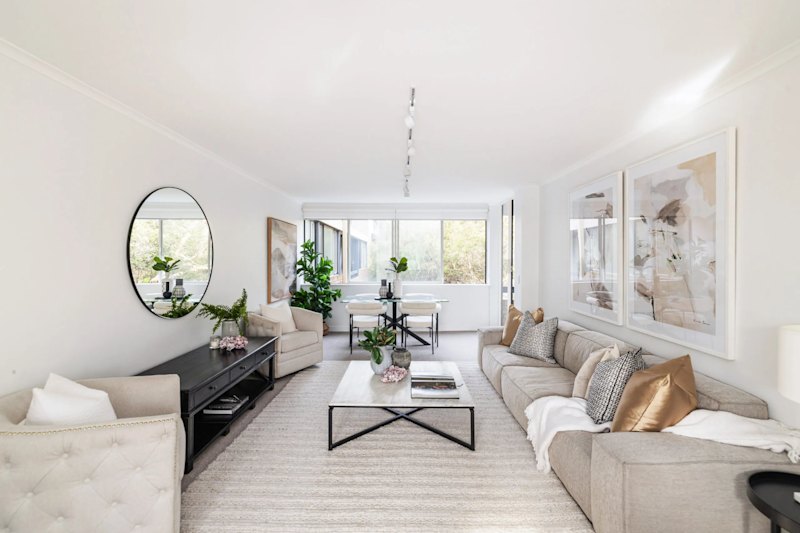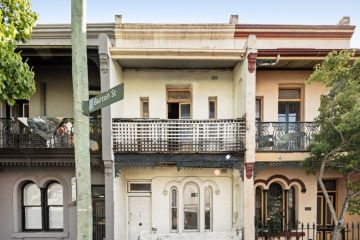On the move: The states we're leaving behind and moving to
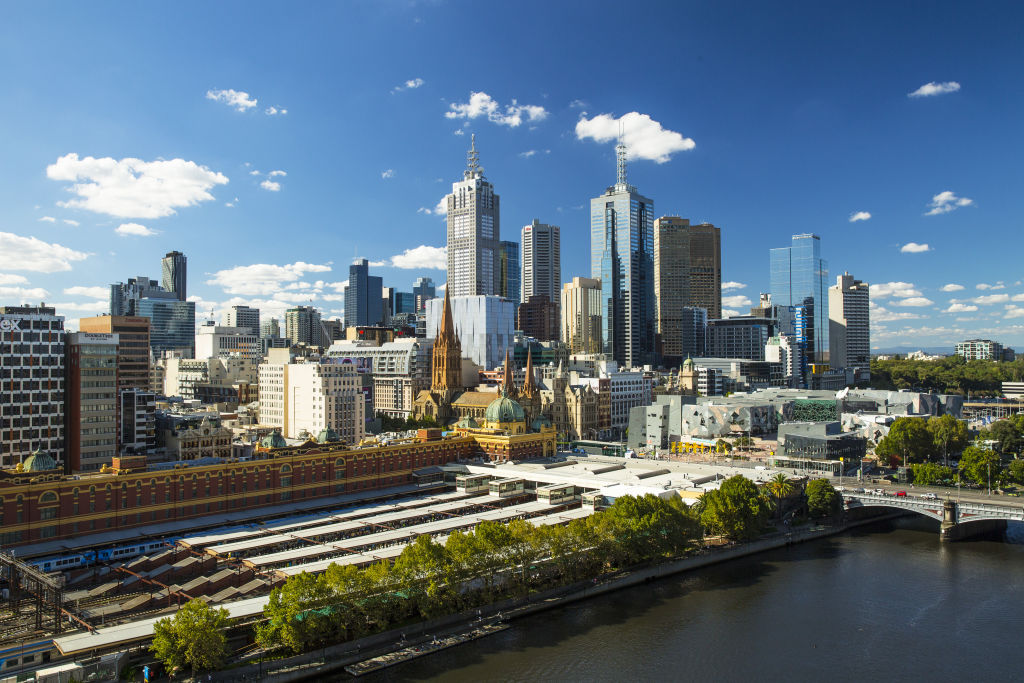
Australia’s fastest growing state could be losing its appeal, with population gains from interstate slowing.
Victoria’s population had the most rapid rise over the year to March, with recently released figures from the Australian Bureau of Statistics showing it jumped an estimated 133,500 people. However net interstate migration – at about 12,800 people – dropped 15 per cent annually.
“It’s been pulling people in from Perth and Adelaide [in recent years] due to its stronger economy and more job opportunities,” said Pete Wargent, from AllenWargent Residential Property Buying Advisors. “Some even moved from Sydney to Melbourne for cheaper housing.
“That’s losing its shine a bit now, possibly due to fewer job opportunities. It’s also less affordable and more crowded in Melbourne now,” he added. “In saying that, population growth is still very high.”
Victoria was second only to Queensland for net interstate migration, with the Sunshine State gaining almost an extra 23,300. Tasmania also saw a much smaller increase of about 2300.
Net losses occurred in NSW (about 22,000 people), Western Australia (8000), the Northern Territory (4300) and South Australia (4000). The Australian Capital Territory experienced no real net change, while everywhere, apart from the Northern Territory, recorded overall population growth.
| Annual net interstate migration | ||
| Note: Data is for the 12 months to the end of March. Net interstate migration is the net gain or loss of population as people from one state or territory to another. | ||
| State/Territory | Mar-19 | Mar-18 |
| New South Wales | -21,995 | -20,506 |
| Victoria | 12,780 | 15,099 |
| Queensland | 23,269 | 24,004 |
| South Australia | -4,035 | -5,679 |
| West Australia | -8,025 | -12,040 |
| Tasmania | 2,254 | 2,196 |
| ACT | 8 | 489 |
| Northern Territory | -4,256 | -3,563 |
| Source: Australian Bureau of Statistics. | ||
Demographer Mark McCrindle, of McCrindle Research, said housing affordability was a massive factor – as demonstrated by NSW, the most expensive state, losing the most people to interstate.
“People might wonder why is Victoria having a net gain then … [but] its median property price is significantly lower,” Mr McCrindle said.
“[However] if people are looking at their situation in Sydney, they might not get enough breathing room by relocating to Melbourne and that’s where Brisbane and south-east Queensland come in. It’s got a reasonably strong economy, a good lifestyle and offers a big improvement in housing affordability.”
The state’s popularity fluctuated with mining activity and the broader economy, Mr McCrindle noted. With the sector coming back strongly and broader job opportunities now available in south-east Queensland, it was proving a popular choice for more than just retirees.
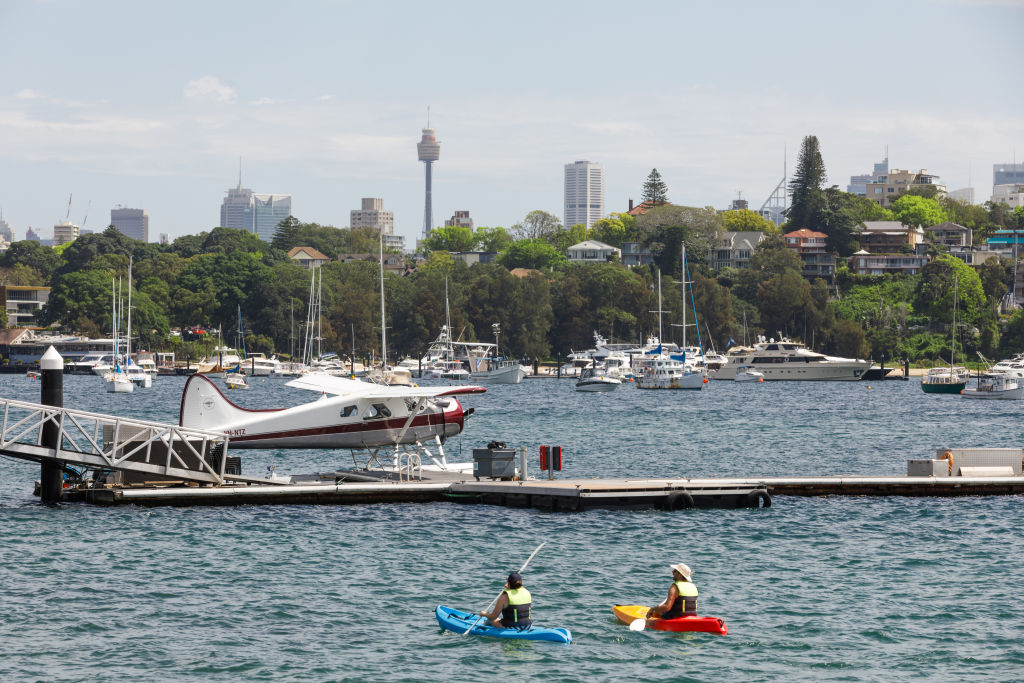
Among those making the move are Helen Taylor and Rebecca Archer, who will swap their two-bedroom apartment in Sydney’s eastern suburbs for a three-bedroom home on the Gold Coast’s Mahala Mermaid Beach apartment project.
“The Gold Coast has a beautiful lifestyle and its temperate climate means you can go for a walk, swim or ride your bike along the beach most days,” Ms Taylor said.
“You get much better value up here,” she added, noting their yet-to-be built apartment would offer up more space and water views.
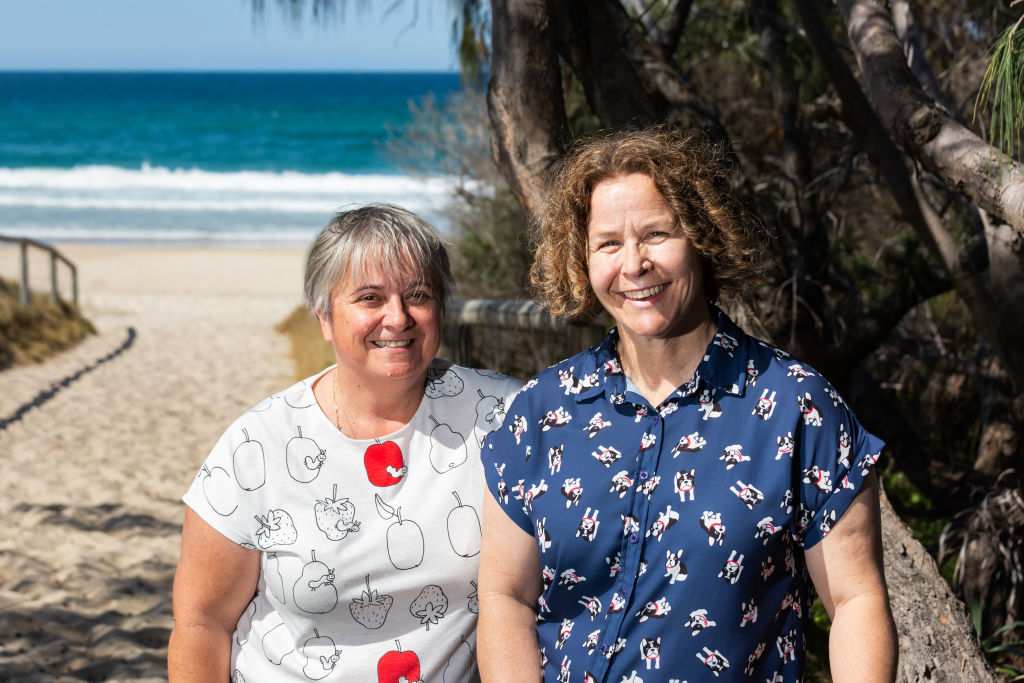
Developer Pindan has had a jump in inquiries from Sydney and Melbourne buyers in recent weeks, with higher temperatures and lower prices appealing to interstate residents.
“While there’s no denying the Gold Coast is beautiful one day and perfect the next, buyers are also weighing up things like property prices and current market conditions,” he said.
“Queensland has the cheapest stamp duty in Australia … [and it] remained resilient in the latest market cycle and has not seen any significant downturn, yet still remains very well priced compared to Sydney and Melbourne.”
While both cities’ markets saw prices fall, they were still out of reach for many, said First Home Buyers Australia co-founder Taj Singh.
“The lower end of the market is still blossoming … and that’s pricing people out … they have to look elsewhere,” Mr Singh said, noting he had seen an increase in first-home buyers – particularly from Victoria – looking to move interstate.
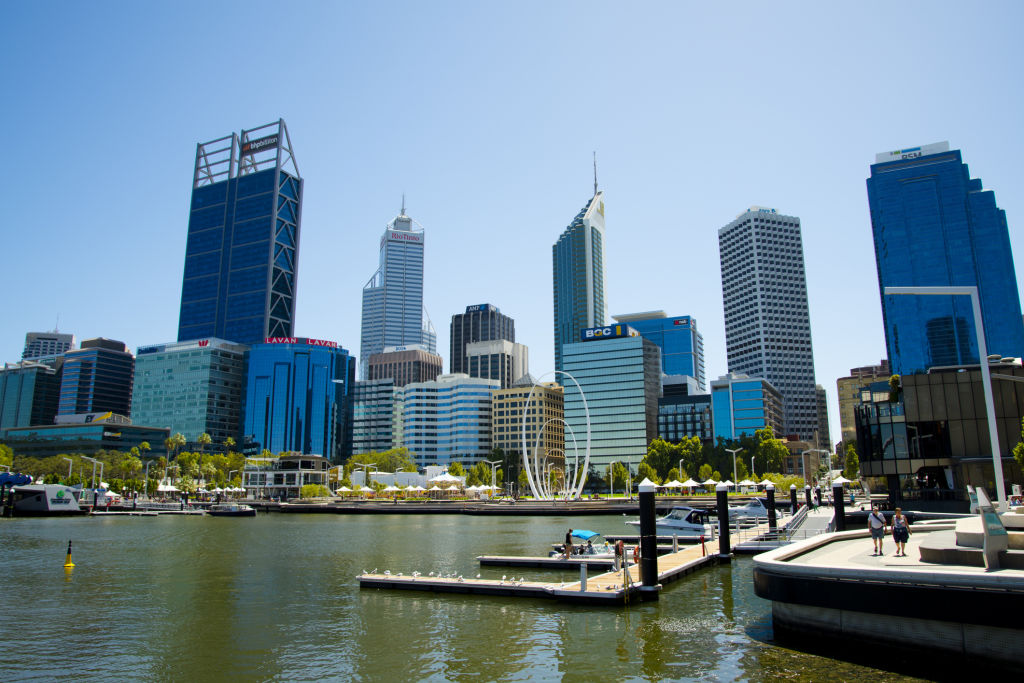
The shift can help the slow-growth states. The population in Western Australia and South Australia – from where people were most likely to relocate to Victoria – recorded smaller net losses than previous years.
“Adelaide has tended to lose aspirational employees to Melbourne … this hasn’t stopped yet, but South Australia is affordable and liveable so it may,” said Mr Wargent.
Dr Tony Matthews, a senior lecturer in urban and environmental planning at Griffith University, said most capital cities were planned for permanent growth.
“It’s just the level of degree and where it comes from that change,” he said. “Most international migrants end up in either Sydney or Melbourne … then spill over into Brisbane and the Gold Coast and Hobart.”
In places like south-east Queensland, where the population was rising at a “fairly substantial clip”, a diversity of housing and continued rollout of supporting infrastructure was key. He noted that while there was strong apartment supply, it was of little use when the real demand was for houses.
“[Governments] try and keep ahead of it, in some ways most cities have done a fairly decent job of that.”
We recommend
We thought you might like
States
Capital Cities
Capital Cities - Rentals
Popular Areas
Allhomes
More
